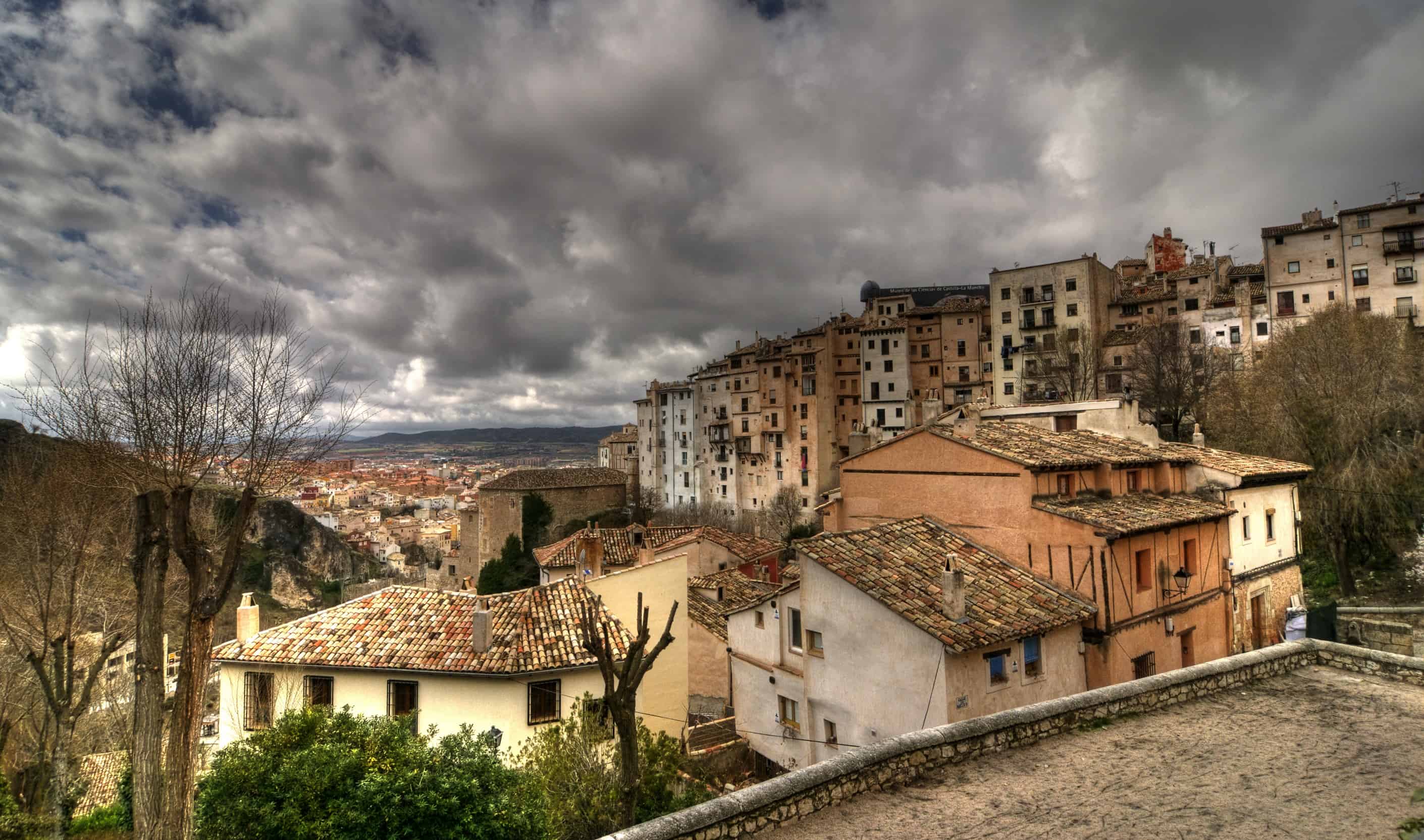 Tourist Office of Spain
Tourist Office of SpainSpanish history is a marvelous mix of the diverse civilizations that came to settle on Iberian soil throughout the centuries. Celts, Iberians, Phoenicians and Greco-Romans were the first of many different peoples attracted to the resources of the land. During the Middle Ages, Arabic, Jewish and Christian cultures flourished and cross-influenced one another, giving birth to medieval cities that are nowadays protected and considered priceless historical-artistic sites.
Your clients can discover the 13 historic Spanish jewels that have been declared World Heritage Cities by the UNESCO on a fly-drive vacation based in Madrid.
The closest is Alcalá de Henares, which holds a brilliant history of culture, renaissance thought and academic life, as it is considered the first university town of the Modern Age. The University of Alcalá was founded in 1499 and became the most important intellectual centre of its time. It is also the birthplace of Miguel de Cervantes, author of Don Quixote.
South of Madrid, Toledo is a unique fortified town surrounded by the Tajo River. Strolling on the cobblestone streets of this historic city, clients enjoy the countless monumental wonders inherited from the Islamic, Hebrew and Christian cultures that have created Toledo's identity.

North of Madrid is Segovia, with its impressive castle-palace dating from the 13th century, that overlooks the town's ancient quarters and its world-famous aqueduct, the largest and best preserved of the Roman Empire.
Ávila, with its famous 12th-century wall that surrounds the old town, is a fine example of a medieval city, with a maze of cobblestone streets boasting stately houses and gothic monuments.
Salamanca is northwest of Ávila. Celtic in origin, the city acquired universal recognition when, in 1254, King Alfonso X created the University of Salamanca, the first ever in Spain and one of the four oldest in the world. The town’s ancient quarters encompass a diverse legacy, from Roman bridges to stately homes, convents and other impressive monuments decorated in gothic, plateresque and baroque styles.
 North East of Madrid is the city of Cuenca, a charming town founded by Arabs and later conquered by Christian kings. The historic city holds an outstanding heritage, including an ancient castle, a Romanesque cathedral and many fine churches from the 16th century. It is also famous for its “Hanging Houses”, Renaissance-style homes from the 15th century that were built on the rocky cliffs of the River Huécar gorge.
North East of Madrid is the city of Cuenca, a charming town founded by Arabs and later conquered by Christian kings. The historic city holds an outstanding heritage, including an ancient castle, a Romanesque cathedral and many fine churches from the 16th century. It is also famous for its “Hanging Houses”, Renaissance-style homes from the 15th century that were built on the rocky cliffs of the River Huécar gorge. Farther afield, Spain has seven other World Heritage Cities in different areas of the country.
Caption for Cordoba-Patio:
Clients can stroll through the historic quarter of Cordoba and discover a beautiful network of small streets, squares and whitewashed courtyards.
In the region of Andalucia, in Southern Spain, impressive Cordoba is a living legacy of the diverse cultures that settled within its city walls throughout history. To take a stroll through the historic quarter of Cordoba is to discover a beautiful network of small streets, alleys, squares and whitewashed courtyards arranged around the Mosque-Cathedral, that reflects the importance of the city during medieval times.
The city of Cáceres, in the region of Extremadura, is an impressive monumental city enclosed within historic walls, where Roman arches, defensive towers, Arab architecture, vaults, and belfries can be seen along with the grandeur of palaces with Renaissance courtyards.
Mérida is also in Extremadura, and clients can visit the city to appreciate its magnificent Roman legacy. The theatre, the amphitheatre and the Temple of Diana make this city – the ancient capital of Roman Lusitania – one of the best preserved archaeological sites in Spain.
In the region of Catalonia is Tarragona, the capital of Hispania Citerior during the Roman Empire. The historic centre nestles between the Mediterranean Sea and the old walls, built in the 3rd century BC. Romanesque doorways and cloisters, and Gothic roof arches are part of the rich legacy of this amazing city.
Santiago de Compostela is located in the Northwest corner of Spain and is internationally known as the final landmark on the St. James pilgrimage route. Centuries of splendour and development have left an urban layout in which the medieval heritage is mixed with monumental Baroque buildings. Along with the famous and magnificent Cathedral of Santiago, there are countless more treasures for visitors to discover: palaces, monasteries, churches and squares.
The island of Ibiza, one of the Balearic Islands, was a Phoenician-Punic settlement during ancient times, and contains within its Renaissance walls, a rich and diverse legacy, including an ancient necropolis and monumental and archaeological sites. The beauty of the island is enhanced by its beaches and unspoiled coves, as well as by its diverse marine eco-system.
The town of San Cristobal de la Laguna, located on Tenerife, one of the Canary Islands, was founded in 1479 and became Tenerife's political, economic and social centre for four centuries. This status is reflected by the austere stateliness of its architecture and the sober beauty of its monuments, public buildings and numerous churches from the 17th century. The city plan was considered a model colonial layout, and was later introduced in Latin America.
For more information, please visit contact the Tourist Office of Spain at (416) 961-3131; www.tourspain.toronto.on.ca.


